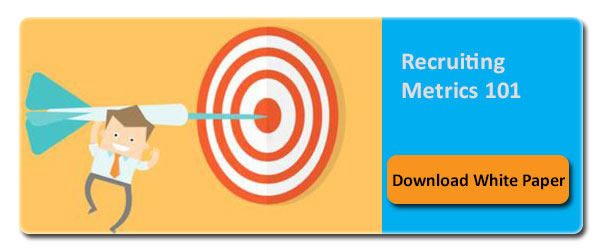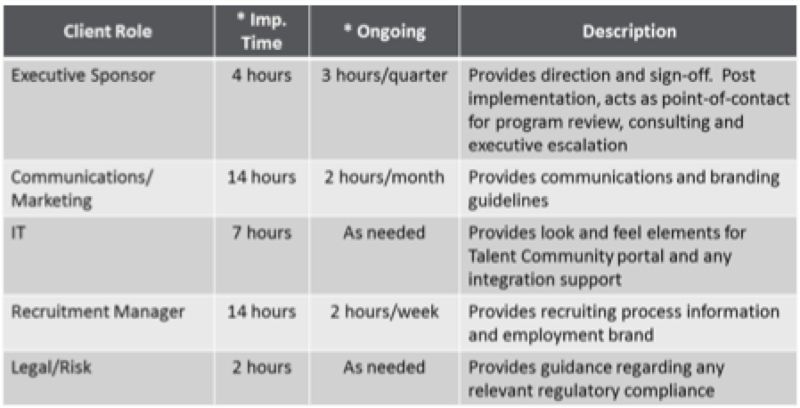 Sustainable engagement is defined as "the optimal relationship between employers and workers," and has three components: discretionary effort, well being, and a supportive work environment. Sustainable engagement is different from traditional workforce engagement, where traditional engagement still leaves employees detached or disengaged with the organization. Sustainable engagement goes one step further by not only identifying what drives employees to be engaged, but also offers holistic solutions to improve engagement. Employee engagement doesn't have shortcuts, and can't be simplified with one-size-fits all steps.
Sustainable engagement is defined as "the optimal relationship between employers and workers," and has three components: discretionary effort, well being, and a supportive work environment. Sustainable engagement is different from traditional workforce engagement, where traditional engagement still leaves employees detached or disengaged with the organization. Sustainable engagement goes one step further by not only identifying what drives employees to be engaged, but also offers holistic solutions to improve engagement. Employee engagement doesn't have shortcuts, and can't be simplified with one-size-fits all steps.
We're Reaching a Tipping Point in Employee Engagement
According to a global workforce study by Towers Watson of more than 32,000 employees, just over one-third of those employees said they were highly engaged with their employers. A major reason that so many employees aren't fully engaged on the job is because employers are using 20th-century workplace practices and programs in a 21st-century environment.
What does this mean? One of the key themes that emerged from Towers Watson's study is that is of critical importance to employees. Just a few decades ago, job security wasn't a problem because employers tended to hire for the long-term. Employees expected to be hired by one company and to work there for life by moving up the ladder and accumulating retirement benefits over the next 30, 40 or 50 years. Employers prepared for this by providing the relevant benefits and offering clear paths up the career ladder.
Today, about 40 percent of respondents in the study said they would trade a smaller salary increase or bonus for a guaranteed retirement benefit that doesn't rise or fall with the market. About 40 percent of respondents said they felt they would need to take a job elsewhere to advance their career, although more than half said they wanted to stay with their current employer until retirement.
Overcoming This Tipping Point Requires Closing Two Important Gaps
As stated, sustainable workforce engagement has three components: discretionary effort, well being, and a supportive work environment. Traditional employee engagement tends to focus on discretionary effort, having employees willing and able to go the extra mile. It's great to have those employees, but it's not enough for the 21st century work environment and for 21st century employee needs. Employees also want, and need: a work environment that has internal supports, tools and resources for workers and the promotion of social, physical, and mental well-being.
Less than half of those surveyed said that they believed their senior leaders had a sincere interest in their well-being. Less than half also said their direct supervisors did not have enough time to manage the "people" aspect of the job. Both of these statistics indicate why there are gaps between sustainable workforce engagement and traditional engagement. Both of these statistics show why traditional engagement isn't enough to retain your best employees and to improve the productivity and profitability of your workforce.
If they aren't comfortable in their work environment, and are unable to handle the increased pressure and pace of the workplace, then getting your employees to do more (and to want to do more) won't be enough. It may not even be possible when you consider that many employees are already doing more with less, and for less. People don't necessarily leave your company because someone else offers a better salary and job title, although that is the case some of the time. People leave employers because they no longer trust senior leadership and don't have faith in the supervisor's ability or in this relationship with senior management.
In the next part of this series, we will cover the consequences of not having sustainable workforce engagement, as well as what employers need to do to have sustainable workforce engagement.














